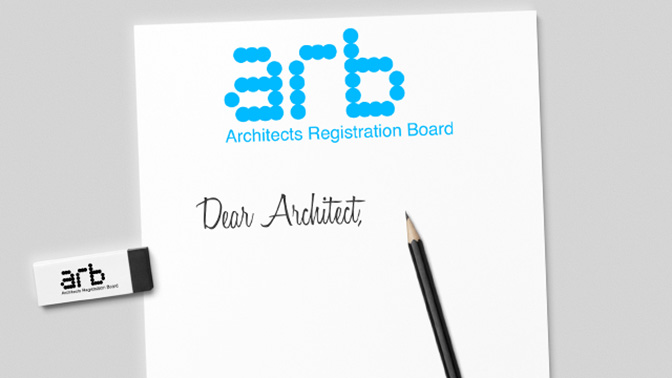
Who’s in charge? – the importance of clear communication
We routinely receive complaints from clients who claim to have misunderstood who is responsible for the architectural work on their projects. This may be because a presumption is made that an architect will always undertake all of the architectural work, even if in reality to do that would be disproportionate, expensive and inefficient.
What is the law?
Section 20(3) of the Architects Act 1997 holds that a practice can only use the title ‘Architect’ where all of the architectural work is under the control and management of a registered architect.
What does the Code of Conduct say?
Standard 3 of the Code expects that the business style of a practice is not misleading, and that the identity of the architect(s) are made known to clients and relevant third parties.
Standard 2 of the Code says that if you engage others to undertake professional work then they should be competent and adequately supervised.
So what should you do?
Firstly, ensure that the public facing information you provide is comprehensive, but most of all, accurate. Publish who the architects at the practice are, and be careful to ensure that non-architects are appropriately titled. By way of example, when developing your business website, you might include a team profile section which displays current job titles, including levels of responsibility. You should also ensure that all social media messages are consistent with your trading name and business style.
Secondly, make sure that your terms of appointment are properly drafted. They should include who is responsible for what on the project; the name of the architect in control of the project; and who the client can turn to if there is a problem.
How to avoid problems
You should be alive to the risk that clients (and particularly domestic clients), won’t appreciate how most practices and projects are run. They may well assume that the architect they first meet will be undertaking surveys, preparing drawings and submitting applications. Take some time at the outset to explain the collaborative nature of a building project and that there may well be a number of different professionals involved. Explain why it would, in many cases, be expensive and unnecessary for a fully qualified architect to undertake all of the work, but that there will be adequate supervision and control of those undertaking the tasks. A fully informed client is generally a happy client, leaving you free to fulfil the engagement effectively.


